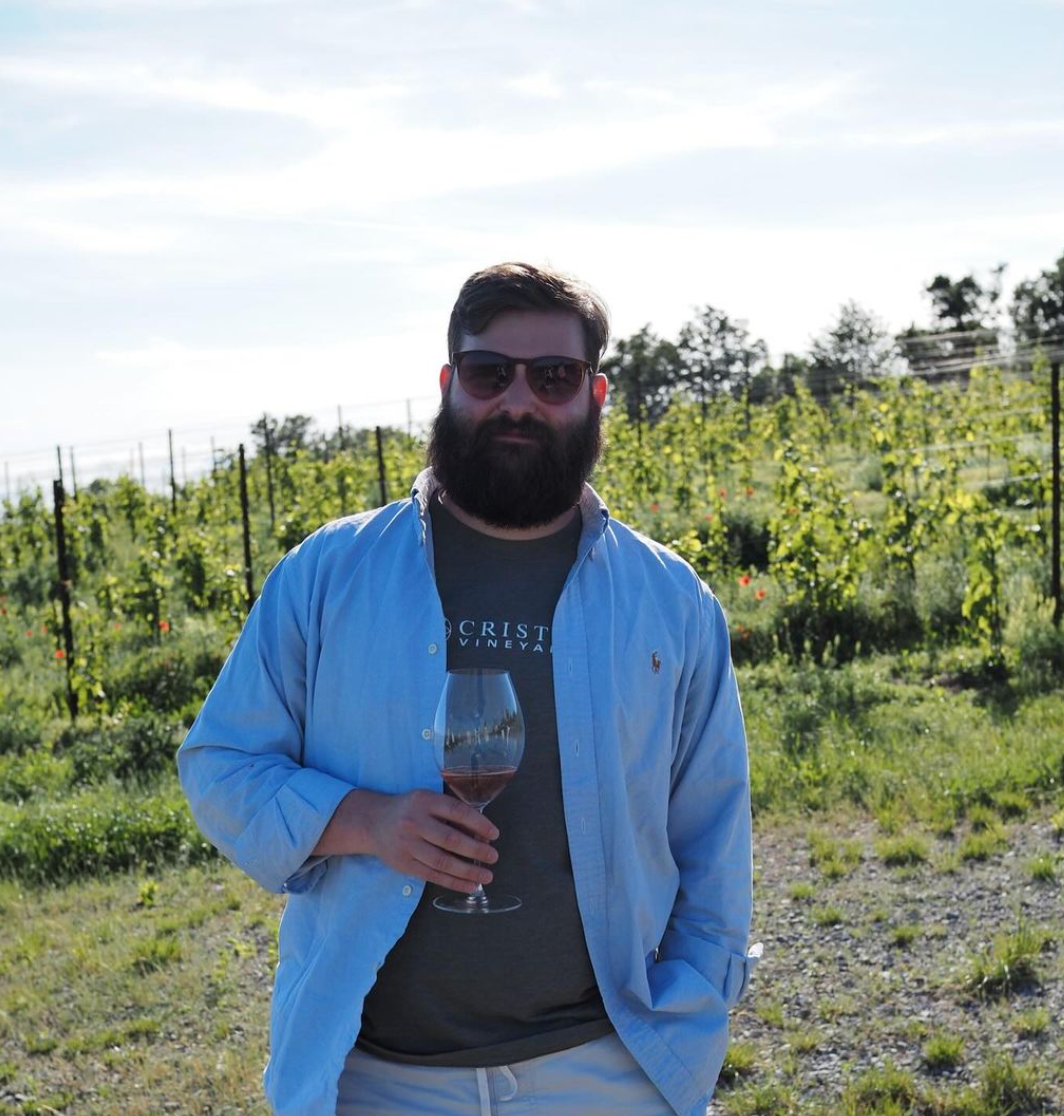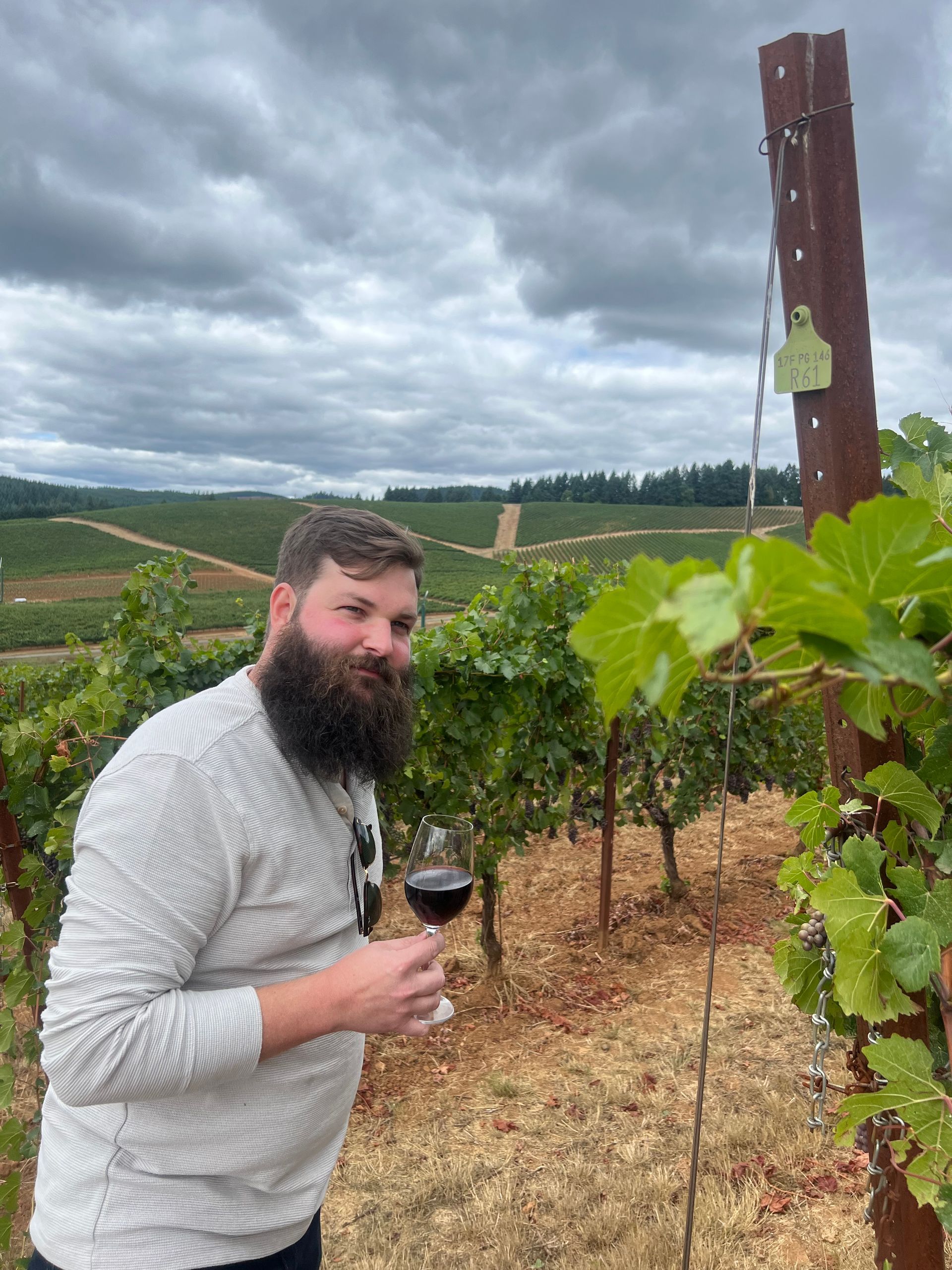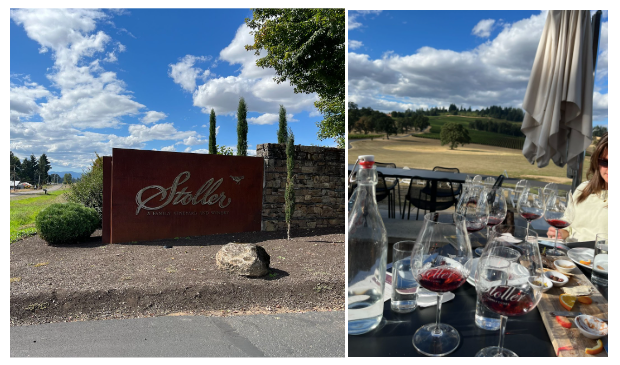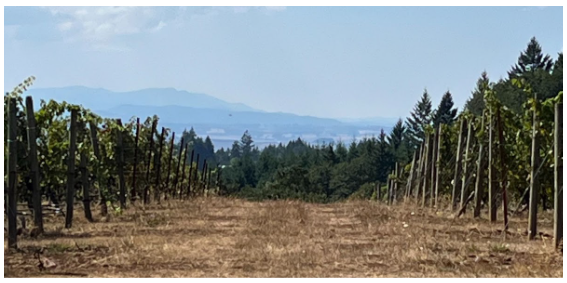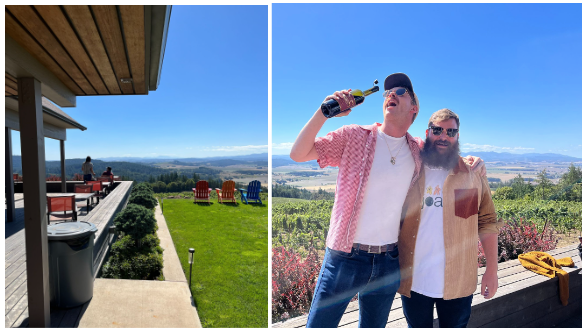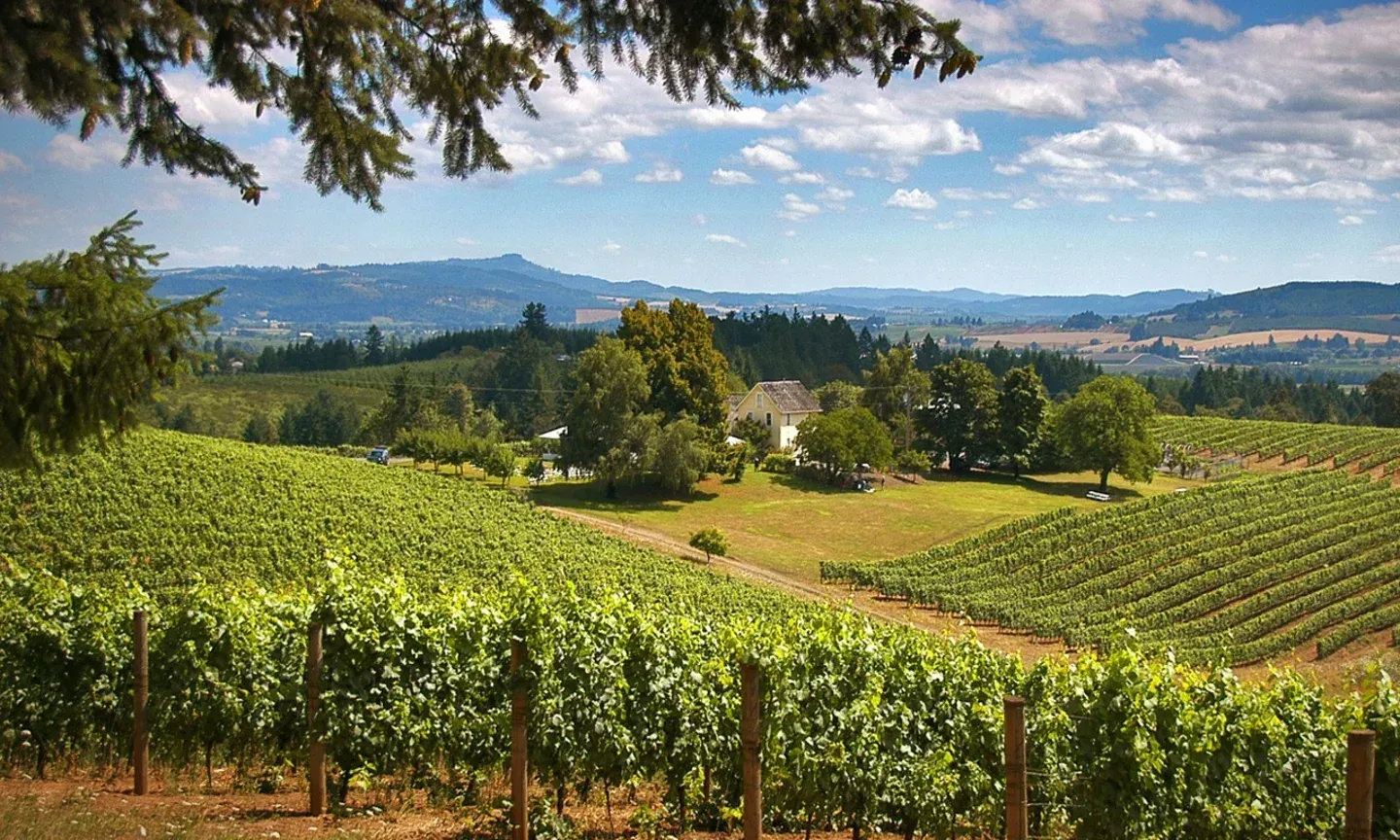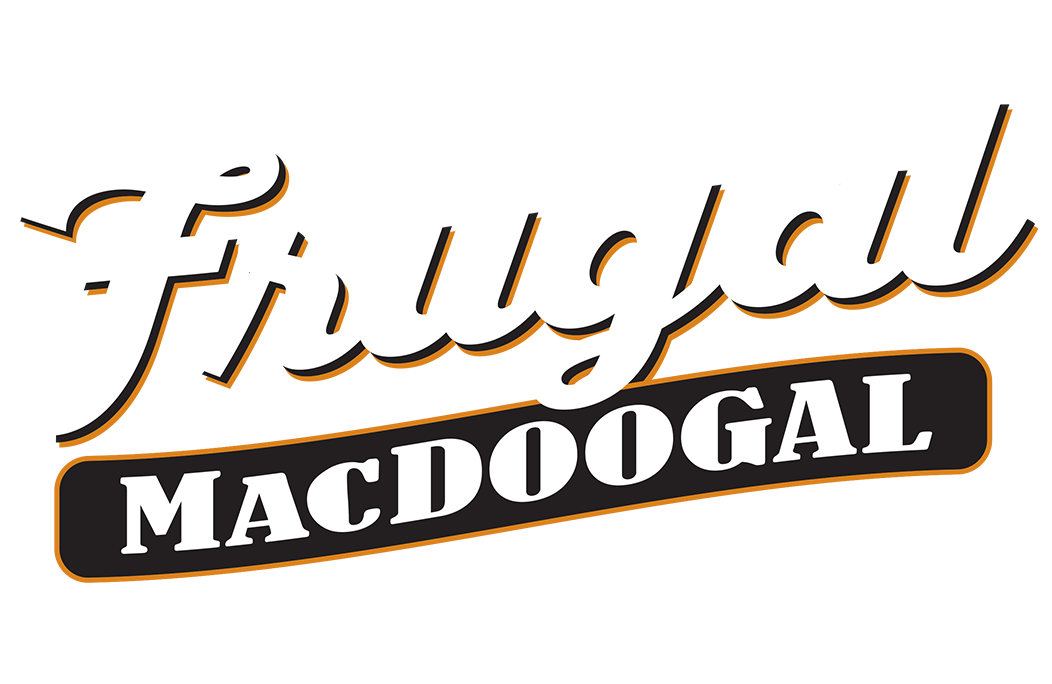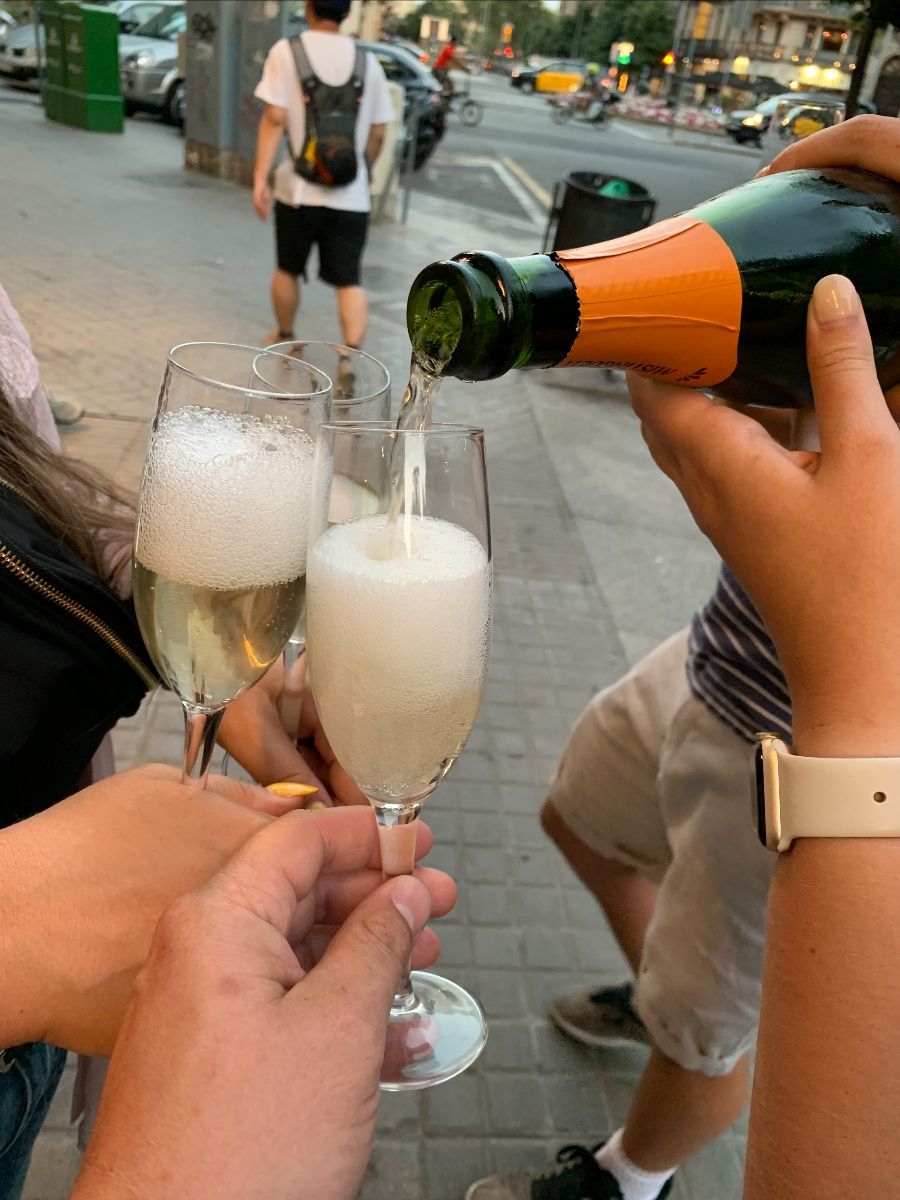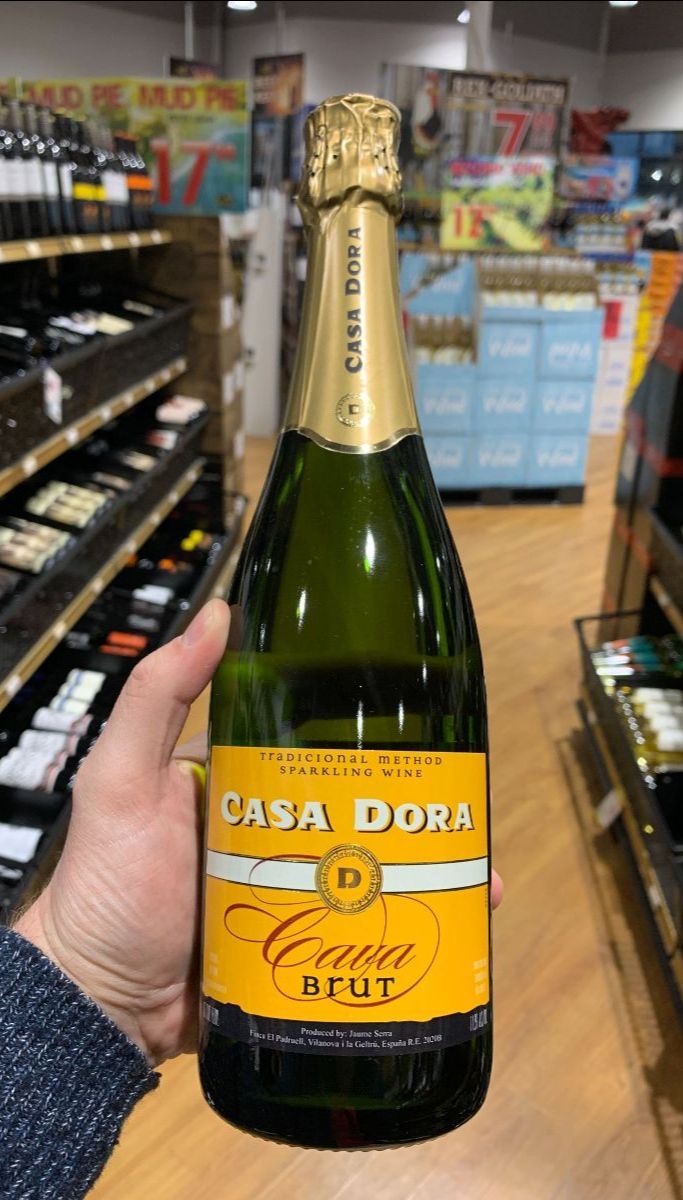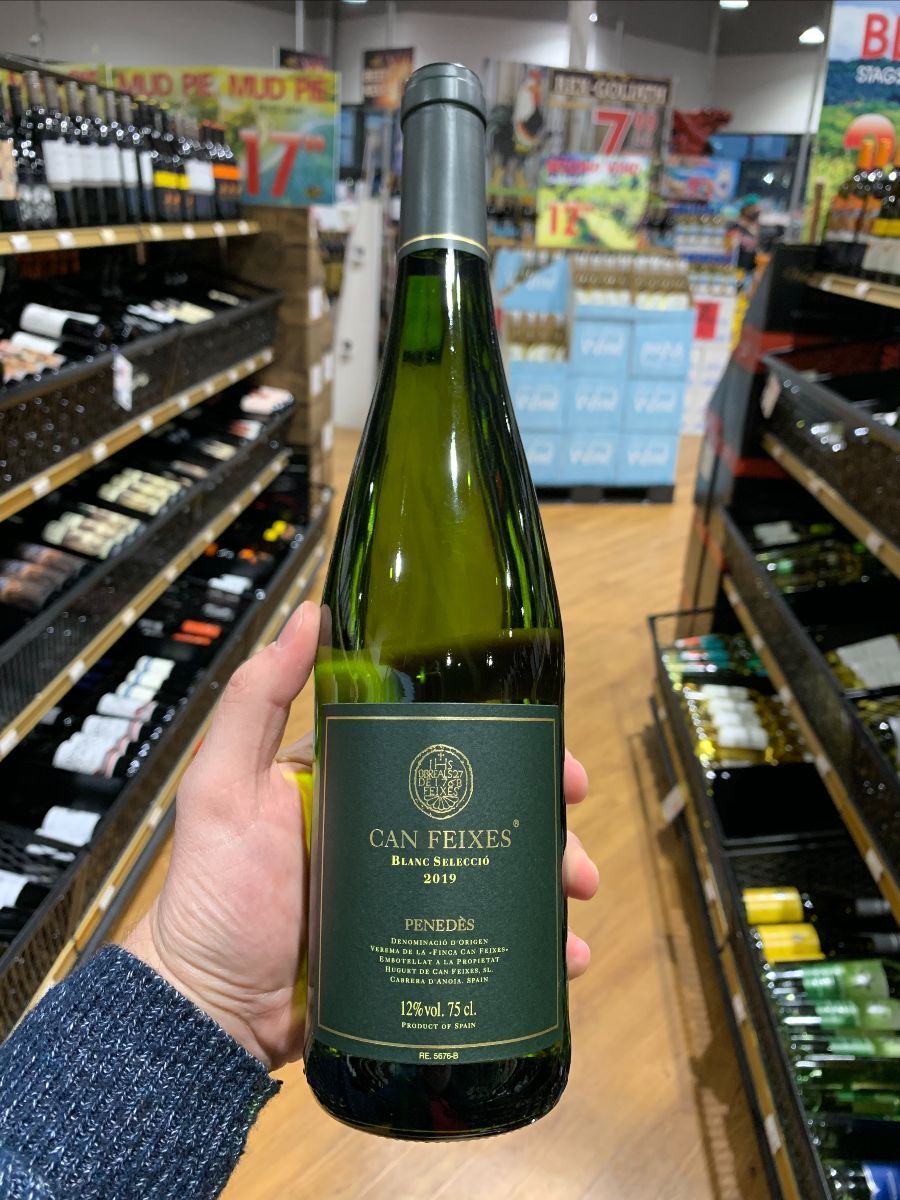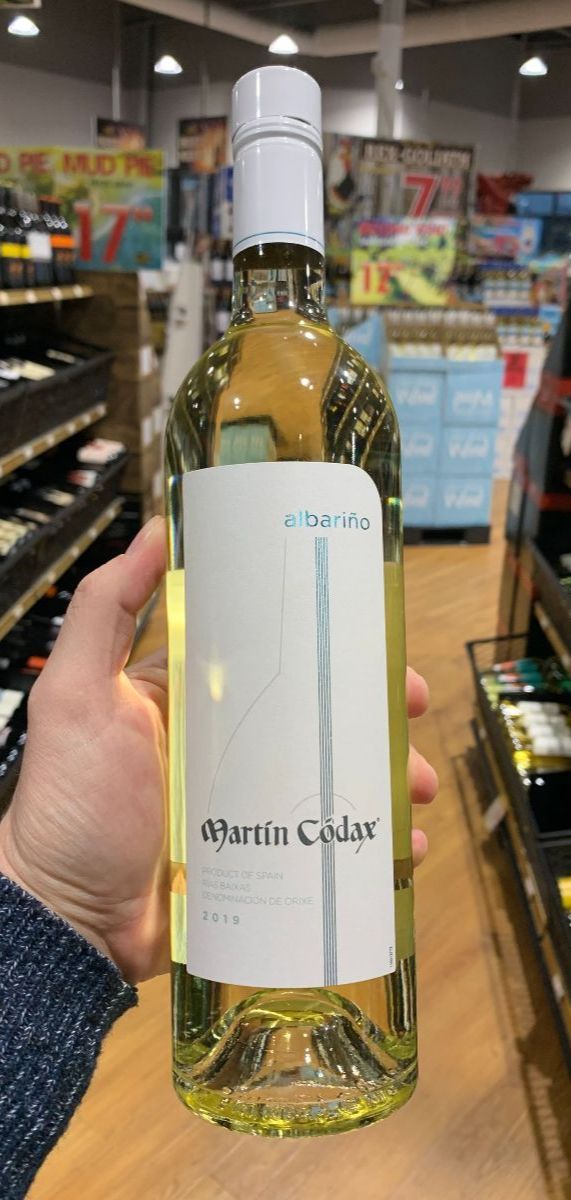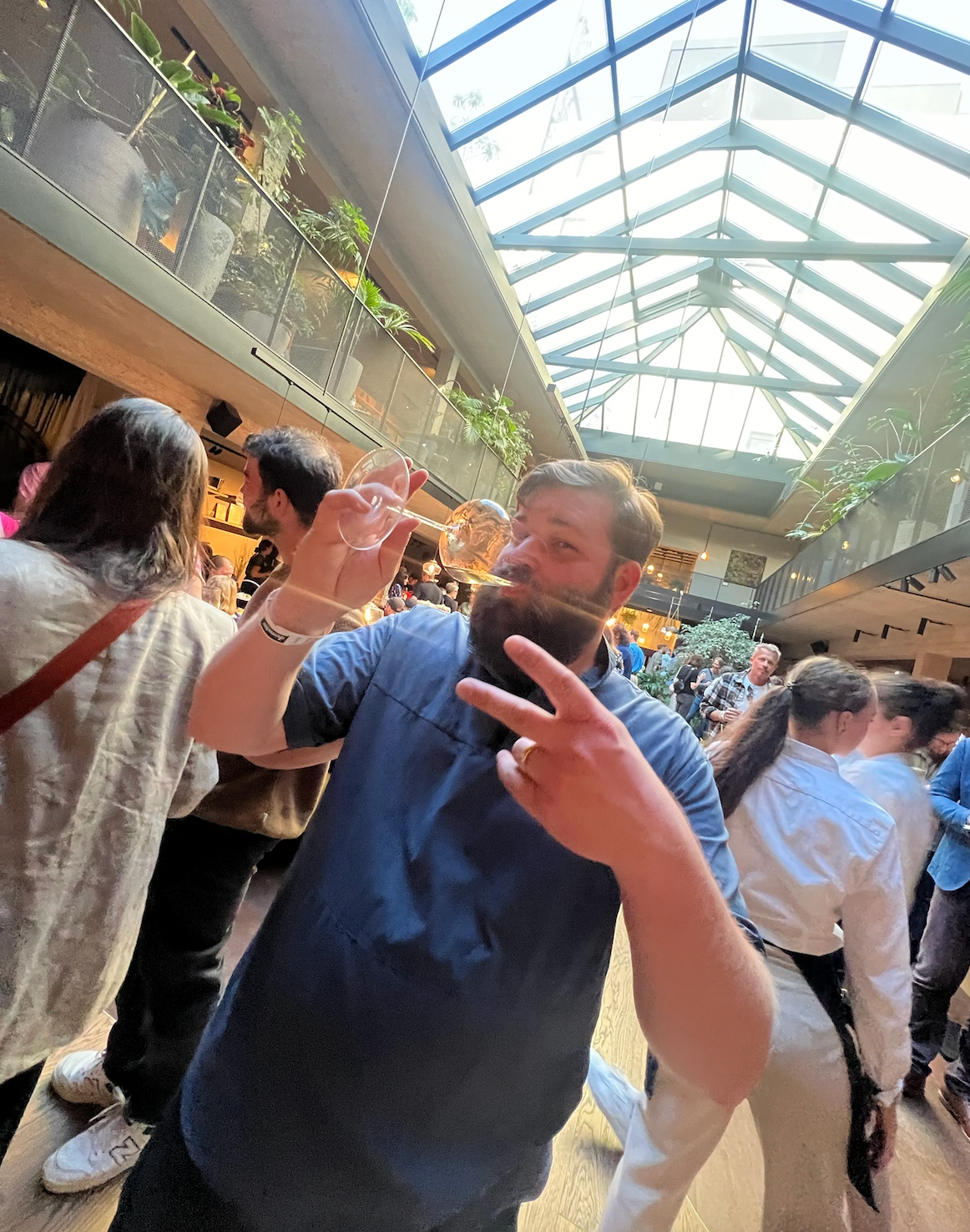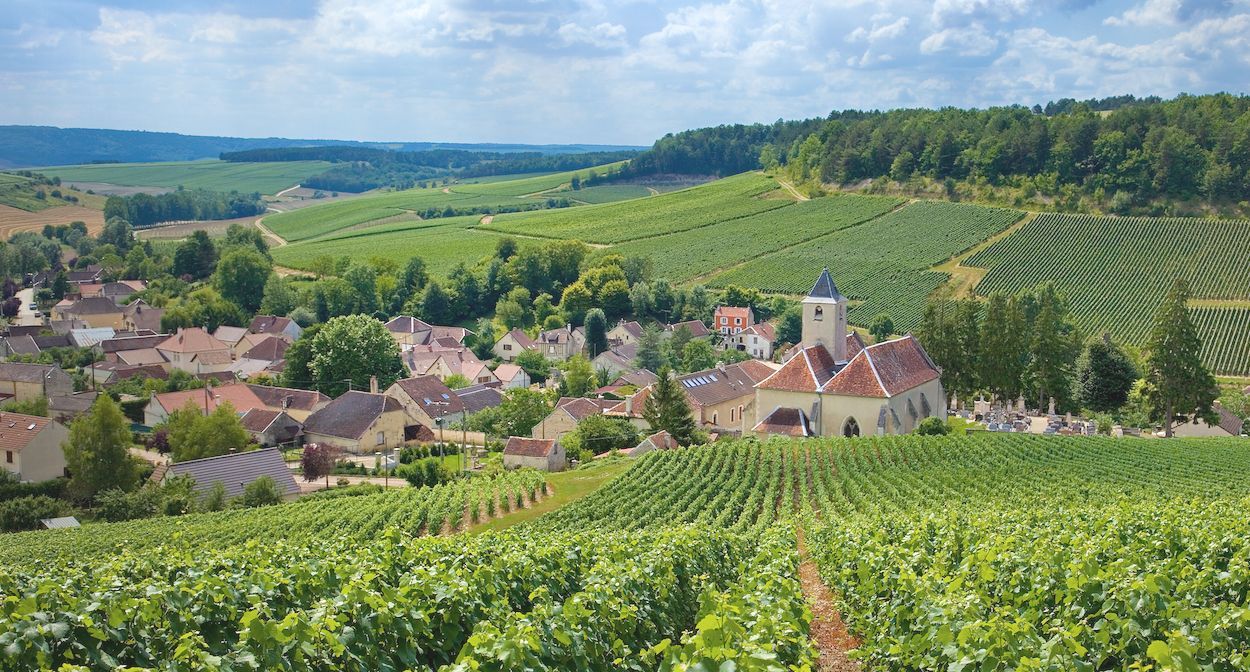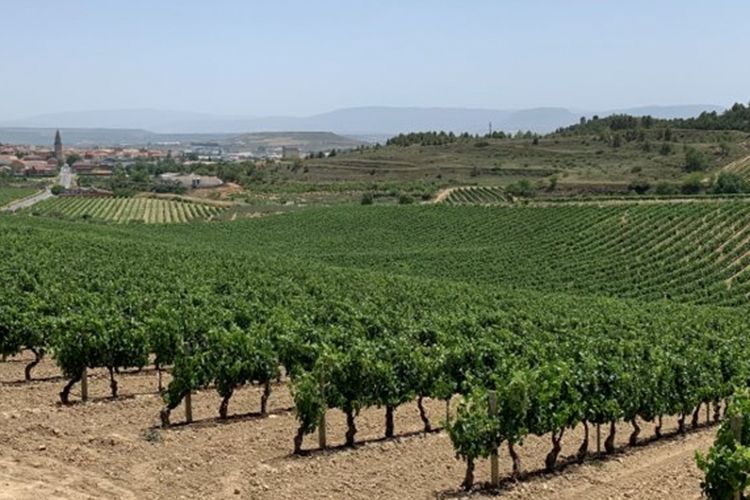Destination: Spain!
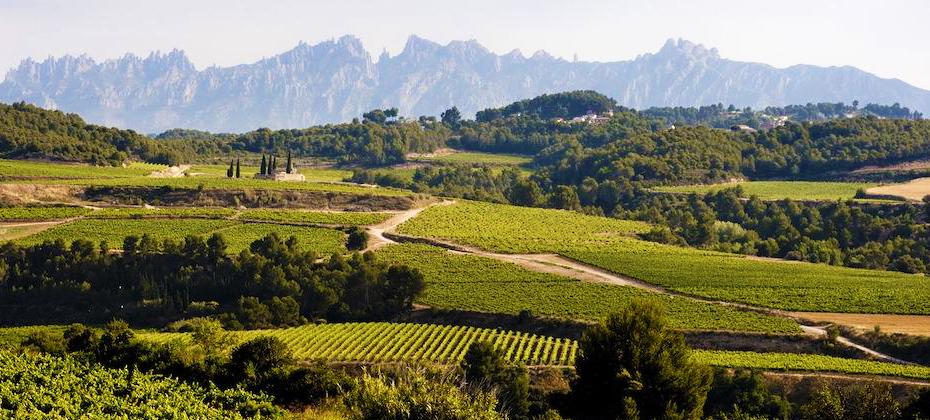
This week begins our focus on Spanish wines at the shop. Come check it out.
We've got wines from all over Spain and Portugal and so I thought there'd be no better way to kick off the Spanish sale than with a Weekly Wine letter on Spanish wine production. Spain just doesn't get enough love. You know I love maps, so I made sure to get a large one printed with Spain and Portugal's wine growing regions for display at Frugal. The map includes the growing regions each of the featured wines are from. So when you're finished reading, come on in a begin your tasting journey across the Iberian Peninsula.
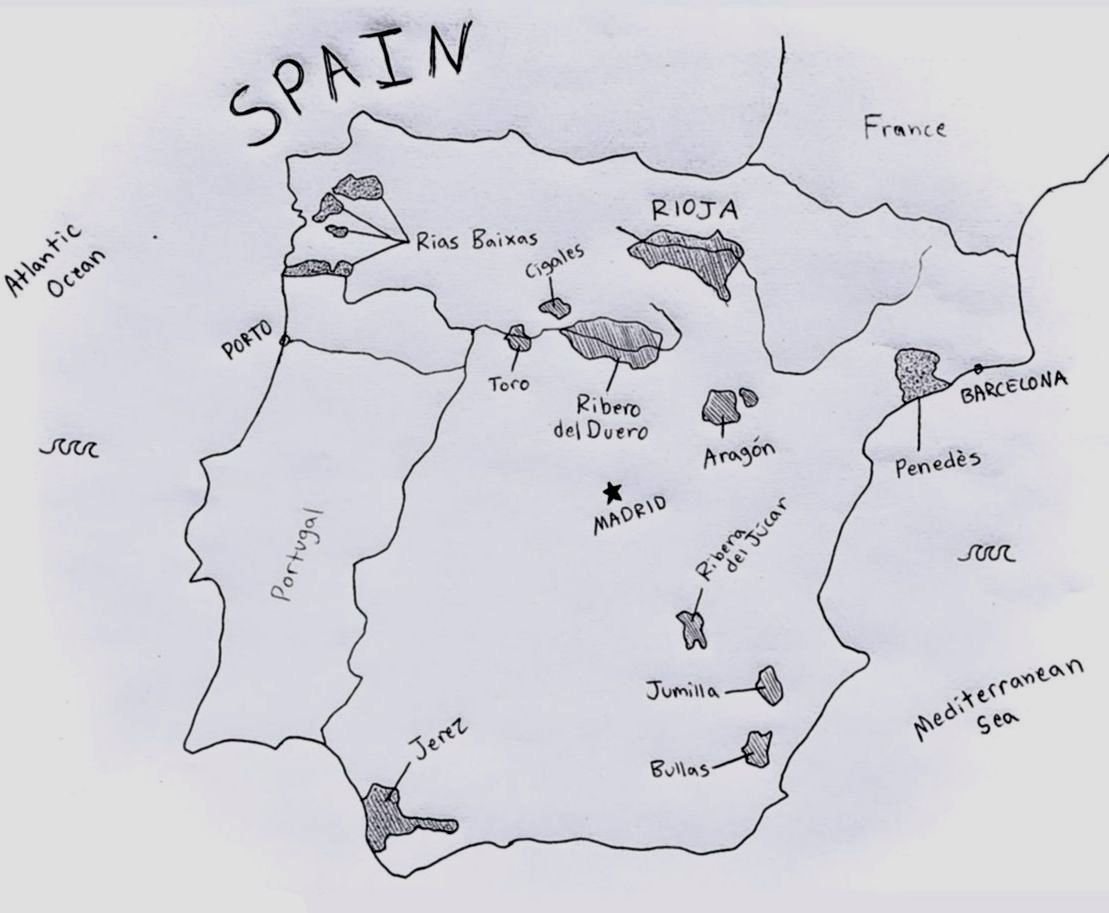
HOT HOT HOT
Spain can get hot! And still, wine grapes are grown all over the country, as it has a wide variety of terrain and is nearly surrounded by water. Think about it- the Atlantic Ocean encroaches on Spain's westerly and northerly coasts pushing its maritime climate into Spain. The Mediterranean Sea wraps around the southerly and easterly coasts giving the regions here a Mediterranean climate. These two bodies of water and a scattering of mountain ranges send rivers stretching across the country to cool down the hot continental climate that exists on the interior.
These bodies of water along with major rivers help cool places that would otherwise be way too
hot for grape growing. It being warm-hot in Spanish growing regions vines typically are
challenged by heat and a lack of water. So how do you combat heat and lack of water?
Growers combat heat by bush training vines so that there is a larger canopy to shade grapes.
They will also keep yields low so that the vines only have to worry about providing enough water
for a few clusters instead of dozens. Remember, it's all about balance. Planting near bodies of
water, as well as keeping yields low and bush training are ways warmer climate growers keep
their vines producing awesome fruit to make awesome juice! If you take a look at the picture,
you'll notice the spread out and bush like vines that are so different from trellised vines.
Where Red Wine Reigns
(say that one five times real fast)
If Spain's wine country was The Wizarding World, Tempranillo would be Harry Potter, Garnacha would be Hermoine Granger, and Monastrell would be Ron Weasley.
Tempranillo is unarguably Spain's main character. It isn't shy, but arrogant, and luckily for us
has the skill to back it up! Garnacha supports Tempranillo whenever it can but when given the
chance can stand on its own with outstanding complexity and intensity. And it matures early (ha
too good, I know). Monastrell is the heat loving thick-skinned brute, giving us something dark
and tannic, full of alcohol, full-bodied, and full of drama!
Monastrell and Garnacha may sound familiar and that's because they are! Monastrell is known as Mourvedre in France and Garnacha is known as Grenache. If you think about where these grapes are grown in France (Southern Rhone), it makes complete sense that these grapes thrive here too! They love the warmth.
Other red varieties to check out are Bobal, Mencia, Graciano, and Carinena.
Here is my map of Spain and Portugal. I'll add to it over the next few weeks as we continue to
cover Spain and Portugal! Here are the red grape growing regions in Spain that we are carrying
at the store. Jerez, the home of Sherry is the only labeled region where you will see more white
than red.
RIOJA
Spain is the world's 3rd largest producer of wine, but in terms of vineyard space it reigns supreme at #1. (Remember vines here tend to carry less fruit and are more spread out to combat water shortages, therefore more acreage must be planted to get the amount of juice in demand.)
Spain has traditionally used not French, but American oak to age its wine, especially in Rioja. High French oak prices combined with 16th century cash strapped Spain led to the use of American oak to age Tempranillo. What started as a means to save money ended up becoming a welcomed pairing. American oak became engrained in Spanish wine making and adds unique flavors to red wine. Both French and American oak is used today, with producers often aging wine in both before blending.
Of the dozens of wine growing regions in Spain, Rioja is the crown jewel. Located in north central Spain, Rioja stretches along the Ebro River and is divided between three major provinces. We're not going to dive into the differences between the three provinces. It's really what they have in common that is most important and that is, Tempranillo!, the black grape that dominates this entire region. There are a little more than 50,000 acres of Tempranillo growing in Rioja. For context, 2nd to Tempranillo is Garnacha (Grenache) with about 4,000 acres growing.
Rioja is home to Harry Potter, sorry I mean Tempranillo. It is perfectly suited to grow this grape with its hot summers and cool winters, variety of soil types, and proximity to the Atlantic Ocean and Ebro River. Tempranillo is great for you Cab lovers out there that haven't ventured over the Atlantic! It is fruity, with notes of cherry and plum, but has nice earth notes of leather, tobacco, and some vanilla and even dill from that American Oak. It is higher in tannin and has great acidity and is dry, with higher alcohol levels (14% ish).
If you haven't had red wine from Spain, Tempranillo from Rioja is where you should start.
Classification!
Like in France, Italy, and the U.S., Spain has its own classification system used to mark quality growing regions. As a reminder, the U.S. uses AVA, France uses AOP/C, and Italy uses DOC/G. Most often in Spain you will see DO and DOCa for more stringent qualification and higher quality regions.
Rioja was the first Spanish region to be awarded DOCa status, the highest status of quality for a Spanish wine region. (Sometimes you may see VP (Vino de Pago) which is the highest qualification for a single vineyard or estate. Right now there are only 19, so you won't see many)
Another notation you may see on Spanish labels is the age designation. This is not a vintage year but a designation of how the wine was aged. If the wine is simply labeled "Rioja" the wine has seen little to no oak and hasn't been aged very long, maybe a year or two. "Crianza" wines must see one year in oak and one year in bottle before hitting the shelf. "Reserva" wines must see one year in oak and two years in bottle before hitting the shelf and "Gran Reserva" wines must see at least 2 years in oak and 3 years in bottle before hitting the shelf (that's a minimum of 5 years of aging for these wines). Prices go up accordingly. Oak is expensive. Storage and shelf space are expensive. And quality is expensive. The lengthier age in wood allows the wine to soften any harsh acidity or tannin that may exist in its youth and gain more developed and complex flavors.
We've got some amazing Spanish wines here at Frugal. Come and taste through every region on the map! These three are great starting points. They are all Tempranillo or blends dominated by Tempranillo, but are all from different regions.
Alvides 2016 is a fantastic Tempranillo from Ribera Del Duero. It is easy drinking and tastes of strawberries, cherries, and clove. You could even serve this one slightly chilled. It is $17.99. 92 pts. from James Suckling.
Zuazo Gaston Finca Contanillas 2018 is a great blend of Tempranillo (86%), Graciano, and Viura from Rioja. This one has much more earth than Alvides, if that's something you're looking for. You'll taste smoke, earth, mushroom, followed by red fruits with some oak and vanilla on the end. It is $14.99 and has 90 pts. from James Suckling. This is one that was aged in both American and French oak.
La Legua El Transformador 2014 is 92% Tempranillo and 8% Cabernet Sauvignon from Cigales (see map) The cab adds some black fruit flavors here. There is also some red fruit flavors and notes of smoke and plum. It is $15.99 and has 92 pts. from James Suckling.
There's so much to learn about Spanish wine but now you know the basics! Thanks for reading. Next time we're going to hit Spanish white wine production, including CAVA!! Come in and chat me up, and don't forget to wear a mask! If you want me to mix you a case of Spanish and Portuguese wine, I will discount it for you, just let me know. We're also still offering delivery for all you folks still working at home. You can email Frugalnashvilleevents@gmail.com to put in delivery orders!
Preston
Wine Manager, WSET III
Frugal MacDoogal
Nashville, TN
The Wine Press
